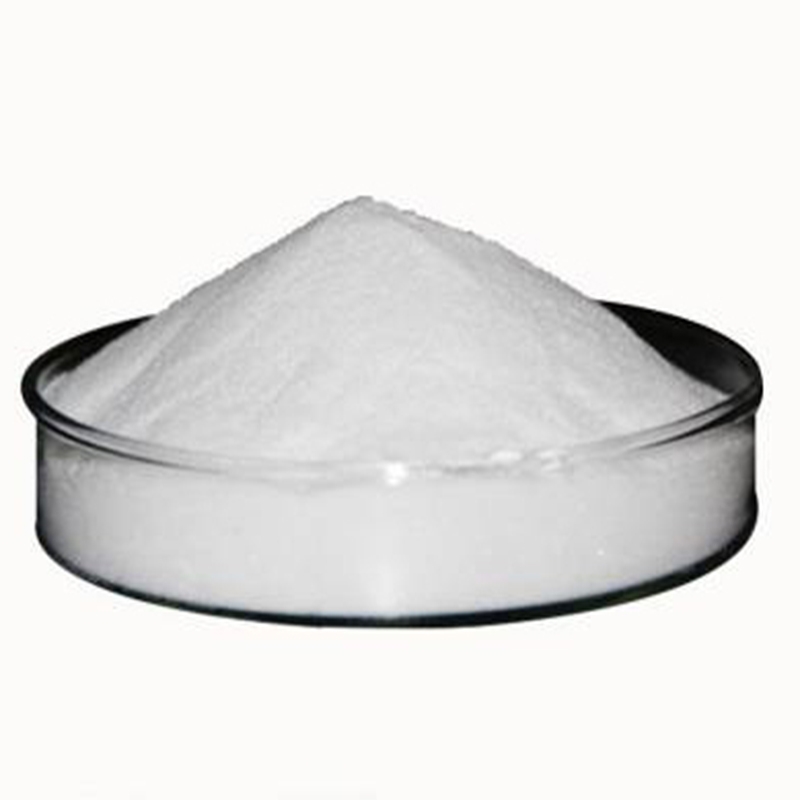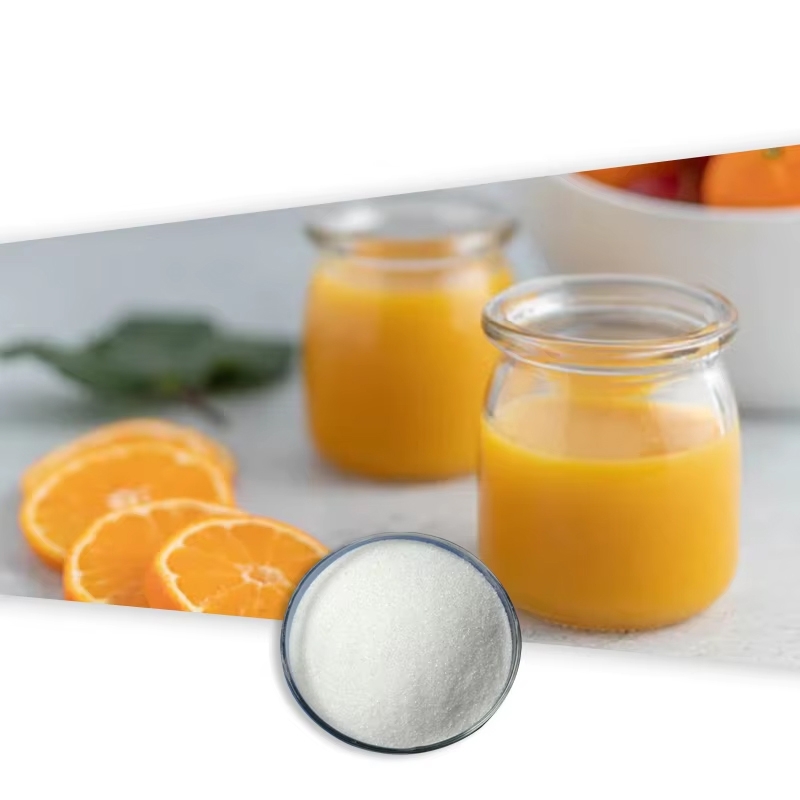-
Categories
-
Pharmaceutical Intermediates
-
Active Pharmaceutical Ingredients
-
Food Additives
- Industrial Coatings
- Agrochemicals
- Dyes and Pigments
- Surfactant
- Flavors and Fragrances
- Chemical Reagents
- Catalyst and Auxiliary
- Natural Products
- Inorganic Chemistry
-
Organic Chemistry
-
Biochemical Engineering
- Analytical Chemistry
-
Cosmetic Ingredient
- Water Treatment Chemical
-
Pharmaceutical Intermediates
Promotion
ECHEMI Mall
Wholesale
Weekly Price
Exhibition
News
-
Trade Service
In the first 3 issues, Food Partner Network shared with you the use and management of food additives in Japan, the European Union and the Eurasian Economic Union, and in this issue we lead you into the United States to see how the United States manages its own food additives
.
.
First, the regulation of food additives in the United States
The United States adopts a model
of separate management of food additives and colorants.
At present, the United States is relatively strict in the management of food additives and food colorants, new food additives or colorants before being placed on the market or using approved substances in unapproved food, facilities need to first apply to the Food and Drug Administration (hereinafter referred to as "FDA") for approval, if the substance is approved, FDA will issue regulations, which may include the type of food that can be used, the maximum amount used, and how it should be labeled
on the food label.
of separate management of food additives and colorants.
At present, the United States is relatively strict in the management of food additives and food colorants, new food additives or colorants before being placed on the market or using approved substances in unapproved food, facilities need to first apply to the Food and Drug Administration (hereinafter referred to as "FDA") for approval, if the substance is approved, FDA will issue regulations, which may include the type of food that can be used, the maximum amount used, and how it should be labeled
on the food label.
Unlike food additive management, all colorants approved by the US FDA can be divided into two categories according to whether they need to be certified: colorants that require certification and colorants
that are exempt from certification.
The colorants that need to be certified are synthetic (or artificially manufactured) and are analyzed by FDA chemists to demonstrate that the samples meet the composition and purity requirements
set forth in the colorant regulations.
Certified colorants, FDA will issue a certificate for the batch, which identifies the colorant, lot weight, purpose of the certified colorant, name and address of the owner, and other required information, there are nine certified colorants approved for use in the United States, such as FD&C Blue No.
1, etc
.
that are exempt from certification.
The colorants that need to be certified are synthetic (or artificially manufactured) and are analyzed by FDA chemists to demonstrate that the samples meet the composition and purity requirements
set forth in the colorant regulations.
Certified colorants, FDA will issue a certificate for the batch, which identifies the colorant, lot weight, purpose of the certified colorant, name and address of the owner, and other required information, there are nine certified colorants approved for use in the United States, such as FD&C Blue No.
1, etc
.
Second, the type of food additives in the United States
Food additives in the United States are divided into direct food additives, secondary direct food additives, and indirect food additives
.
.
Direct food additives include preservatives, anti-caking agents, special dietary and nutritional enhancers, spices and related substances, multifunctional additives, etc
.
.
Secondary direct food additives are food additives that are added in the production and processing of food but do not play a functional role in the final product, including polymers and polymer auxiliaries for food processing, enzyme preparations and microorganisms, solvents, lubricants, and additives for specific purposes
.
.
Indirect food additives are food additives that do not enter food through direct addition, but through migration, such as food packaging material substances
.
.
Pigment additives refer to dyes, pigments or other substances that can be given to food, drugs, cosmetics, including pigment additives that are exempt from certification and pigment additives
that require certification.
that require certification.
According to the definition of food additives in the United States, food additives include processing aids, nutritional enhancers, flavors and fragrances, gum bases, gum base agents and related substances, and food ingredients and food contact packaging materials can migrate to food substances are also part of food additives, which is the difference between the definition of food additives in the United States and other countries
.
.
Third, the use of food additives in the United States
U.
S.
FDA requires substances added to food to be used in accordance with the requirements of the Food Additives Regulations (21 CFR Part 172 and 21 CFR Part 173), the Colors Regulations (21 CFR Part 70, 21 CFR Part 71, 21 CFR Part 73, 21 CFR Part 74, 21 CFR Part 80, and 21 CFR Part 82), or substances generally recognized as safe (GRAS).
Substances Generally Deemed Safe (GRAS) are mainly in the United States Code of Federal Regulations 21 CFR Part 182, 21 CFR Part 184 and 21 CFR Part 186, pre-approved substances, mainly in 21 CFR Part 181, in addition to the United States also has banned additives, mainly specified
in 21 CFR Part 189.
S.
FDA requires substances added to food to be used in accordance with the requirements of the Food Additives Regulations (21 CFR Part 172 and 21 CFR Part 173), the Colors Regulations (21 CFR Part 70, 21 CFR Part 71, 21 CFR Part 73, 21 CFR Part 74, 21 CFR Part 80, and 21 CFR Part 82), or substances generally recognized as safe (GRAS).
Substances Generally Deemed Safe (GRAS) are mainly in the United States Code of Federal Regulations 21 CFR Part 182, 21 CFR Part 184 and 21 CFR Part 186, pre-approved substances, mainly in 21 CFR Part 181, in addition to the United States also has banned additives, mainly specified
in 21 CFR Part 189.
The United States does not have a list of all available food additives for each category, but for each specific food additive to specify its scope of use and use requirements, so to judge whether the use of a food additive in food is compliant, you should first clarify the basic characteristics of the product's ingredients and processing technology, and then query the specific requirements of each additive to be used, and then determine whether the use of food additives is compliant
.
.
4.
U.
S.
food additive labeling
U.
S.
food additive labeling
U.
S
.
food additives need to be labeled in accordance with 21 CFR Part 101.
In the ingredient list, they are arranged in descending order of the amount added when manufacturing or processing food; Additives added in quantities up to 2% may not be in decreasing order
.
S
.
food additives need to be labeled in accordance with 21 CFR Part 101.
In the ingredient list, they are arranged in descending order of the amount added when manufacturing or processing food; Additives added in quantities up to 2% may not be in decreasing order
.
Specific or common names should be used for various additives, not collectively (categories) or generic names
.
.
.
Four food additives are identified by category names and specific names: starter cultures, yeast nutrients, dough improvers, and coagulants
.
Related: How the Eurasian Economic Union regulates food additives How
Japan regulates food additives How the
EU regulates food additives







